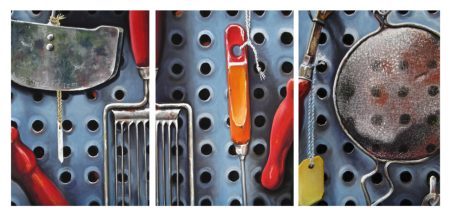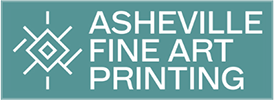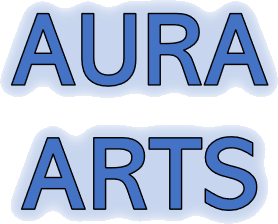Written by RAD Artist Pamela Winkler, printed in Pastel Journal’s May/June 2019 edition.
Find her at Warehouse Studios, #7.
Submitted May 13, 2019.
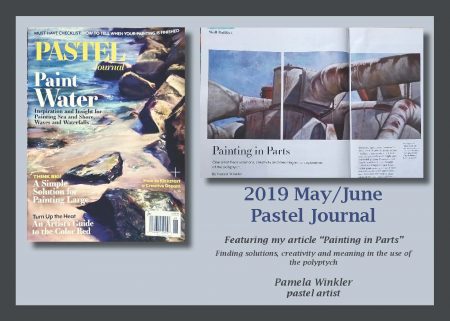
I wanted to paint big. As an architect-turned-artist, I continued to be fascinated by large, man-made things: public buildings, industrial equipment, locomotives, earth-moving machines, etc.
My ambitions were at odds, however, with my chosen medium –pastels. The heaviness of the protective glass (to say nothing of the cost) made big pastel works impractical. And then there was transportation. I drove a Mini Cooper.
I found the solution to both problems in the ages-old tradition of diptychs and triptychs. As I learned later, the tradition arose in part as a practical response to the same problems I was facing. In the Middle Ages, for example, altar paintings were often hinged to fold shut like a book for protection (Greek ptych = “fold”) and to facilitate relocation from one place of worship to another.
My first work in triptych form, “Fenced In”, suggested itself naturally. My compositions up until then were usually close-ups, significantly cropped. I loved the photo I had taken of an abandoned train car but could not find a satisfactory close-up without sacrificing details I wanted to keep. So, the painting had to be big. But cutting the image into three parts proved to be like battling a Hydra. New questions, new challenges multiplied; where to split the image and how to ensure proper alignment across the gap of wall space, frame, and fractional loss of image behind the inside rim of the frame.
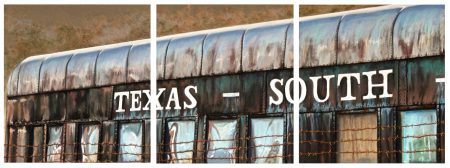
Along with new challenges, however, came new perspectives. I was attracted initially to the train car because of its sad state – aging, rusting away, neglected: its useful life over.
I saw it as a metaphor for human life. But showing the car in three parts transformed my vision of it. For one thing, the triptych expressed the essential idea of a train as a linkage or concatenation of parts. For another, it seemed to impart movement to the subject, as an observer might experience the passing of a train in a series of glimpses. Past and present, motion and stasis: all in a single image.
The use of diptychs, triptychs, and even polyptychs (four or more panels) may serve pastel artists not only as a solution to certain practical limitations of the medium but also as a way of enlarging potential meaning and generating new ways of seeing.
